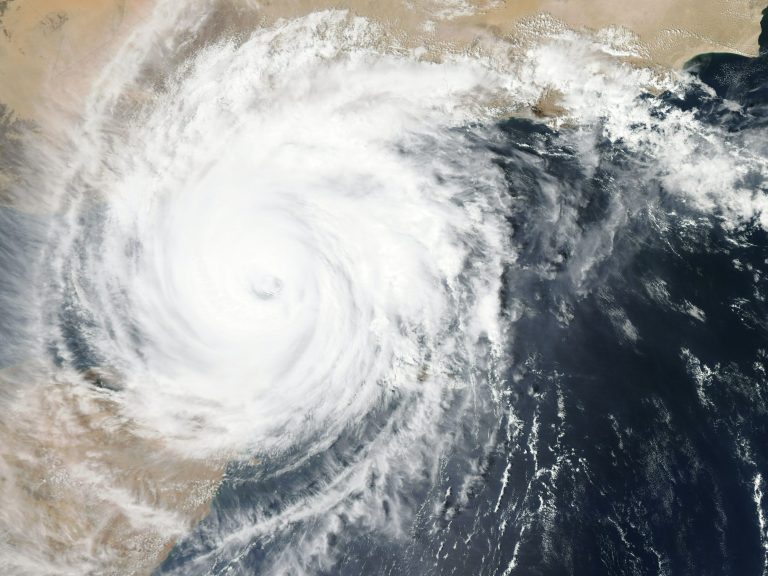A tragedy is happening before our eyes. It's so hot in Mexico that dead animals fall from trees

The American country is struggling with a heat wave that animals cannot cope with. In Mexico, conditions are difficult to endure. The heat has already led to the death of several hundred monkeys.
According to the group Biodiversity Conservation of The Usumacinta, at least 138 medium-sized primates living on the Gulf Coast have fallen victim to the heat since May 16. Others were saved by residents. The five howler monkeys were taken to a local veterinarian who struggled to help them.
Heat kills animals in Mexico
“They arrived in critical condition, with dehydration and fever,” said Dr. Sergio Valenzuela. “They were limp. It was heat stroke,” he added.
Since March, Mexico has been hit by a heatwave that affects not only people but also animals. At least 26 deaths have been linked to the high temperature, but veterinarians and rescuers say it has also contributed to dozens, if not hundreds, of howler monkey deaths.
This week, maximum temperatures exceeded 45 degrees Celsius in about a third of the country.
In the town of Tecolutilla in Tabasco, dead monkeys began turning up last Friday. Then the local volunteer fire brigade noticed them and loaded them into a large car. It is worth adding that howler monkeys can reach up to 90 cm in height and have long tails. Some males weigh over 13.5 kilograms and can live up to 20 years. They are equipped with large jaws and a large set of teeth and canines. But above all, they are known for their lion-like roar, which belies their size.
“The volunteers asked for help and asked if I could examine the animals they had in the truck,” the veterinarian said. “They said they had no money and asked if I could do it for free.”
The vet began cooling the howler monkeys' body temperature and hooked them up to an electrolyte drip. Currently, it is safe to say that the monkeys are slowly recovering. “They are regenerating. They are aggressive… they are biting again,” he said, noting that this is a sign of health for these creatures.
138 victims of high temperature
Unfortunately, most of the animals were not as lucky as the monkeys that ended up under veterinary care. Biologist Gilberto Pozo counted about 138 animals dead or dying on the ground under the trees. The die-off began around May 5 and peaked over the weekend.
“They were falling out of trees like apples,” Pozo said. “They were severely dehydrated and died within minutes.” Falls from several dozen meters cause additional injuries, which often destroy the monkeys.
Pozo attributes the deaths to a “synergy” of factors, including high temperatures, drought, forest fires and logging, which deprive the monkeys of water, shade and the fruits that serve as their food. However, the biologist notes that a pathogen, disease or other factor cannot yet be ruled out.
For the inhabitants of the steamy, swampy and jungle state of Tabasco, the howler is a valued and symbolic species; local people claim that monkeys inform them about the time of day – they howl at dawn and dusk. Pozo revealed that local people – whom he knows through his work with biodiversity conservation group The Usumacinta – tried to help the monkeys they spotted near the farms.
“They were falling from trees and people were moved and came to help with water and fruit,” Pozo said. “They want to take care of them, mainly little monkeys, and adopt them. But the truth is that the little ones are very delicate, they cannot stay in a house with dogs or cats, because they have pathogens that are potentially fatal to howler monkeys,” he said.
The Pozo group has set up special recovery centers for monkeys – five monkeys are currently staying there. But birds and reptiles are also suffering, so the biologist is trying to organize a team of specialized veterinarians to provide everyone with the care they need.
By May 9, at least nine cities in Mexico had set temperature records, with Ciudad Victoria in the border state of Tamaulipas reaching 47 degrees Celsius. The cause of extreme heat is human-caused climate change combined with El Niño, a natural phenomenon that influences global weather.






